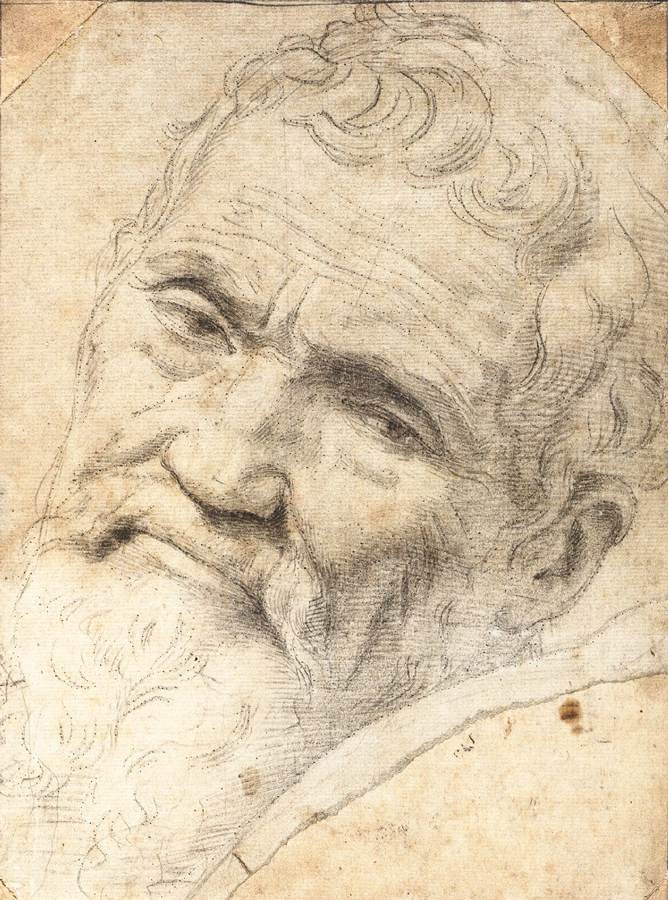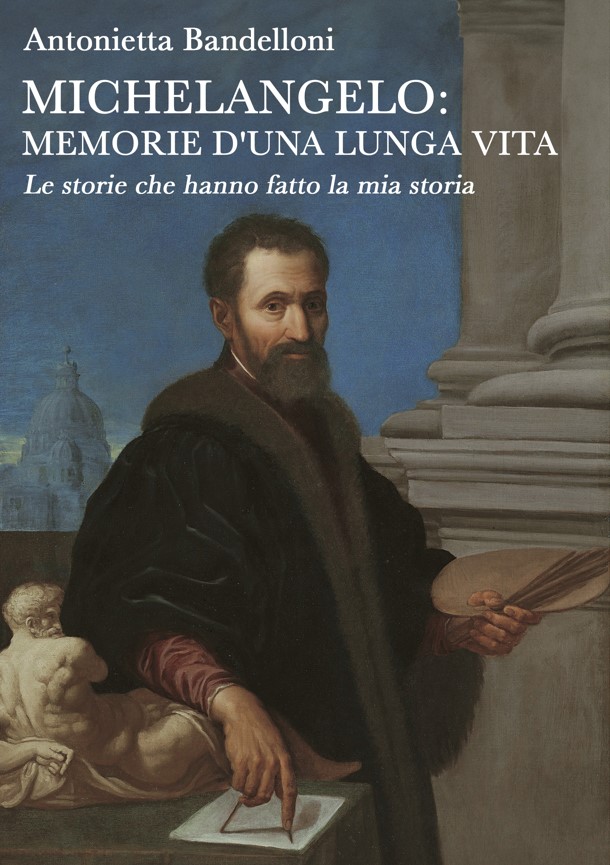1° Novembre 1757: nasce Antonio Canova a Possagno
Antonio Canova venne al mondo il giorno di Ognissanti del 1757 a Possagno, una cittadina nei pressi di Treviso. Non ebbe un’infanzia facilissima: il su’ babbo pover’omo passò a miglior vita ancora giovane e la mamma si risposò.
Antonio fu affidato alla tutela e alle cure del nonno paterno Pasino, un abile scalpellino e capomastro che lo avviò al suo mestiere.
Antonio Canova vide la luce in Possagno, diocesi di Treviso, nello Stato Veneto, sull’ entrare del novembre del 1757. Il padre fu Pietro, la madre Angela Zardo, nata in Crespano.
Antonio d’Este
Canova lavorò per gli Asburgo e per i Borbone, per la corte pontificia e per Napoleone ma anche per i signoroni romani, russi e veneti.
A ventiquattro anni ebbe la fortunata occasione di eseguire il monumento di Papa Ganganelli, nella cui opera si mostrò affatto innovatore. Al solito stile berniniano egli sostituì un fare più semplice, tanto nelle linee architettoniche, quanto negli atteggiamenti delle figure, e abbenché nell’aspetto generale quel monumento paresse cosa fredda, nulladimeno destò meraviglia, essendo come un ribellarsi al predominio dello stile barocco.
Guglielmo de Sanctis
Ebbe un ruolo chiave dopo la sconfitta di Napoleone a Waterloo, quando fu ordinato alla Francia nel Congresso di Vienna del 1815 di restituire tutte le opere sottratte senza negoziati diplomatici da Napoleone: le spoliazioni sistematiche erano contrarie ai principi di giustizia e alle regole della guerra moderna.
Papa Pio VII incaricò Canova di occuparsi del recupero delle opere saccheggiate a Roma e in tutti gli altri centri culturali dello Stato Pontificio. In veste di ambasciatore andò allora a Parigi per riportare a casa tutti quei capolavori.
In quel momento Canova gestiva la direzione di tutti i musei romani e godeva di ottima reputazione nelle corti europee. La sua notorietà e abbinata alla sua conoscenza delle opere che erano state rubate, gli avrebbe reso meno complicata una missione così delicata.
Ciò che mi rende più impaziente è vedere l’effetto che l’opera produrrà sulle anime del pubblico
Antonio Canova
I libri
Se volete vi propongo alcuni dei più interessanti volumi dedicati al grande scultore neoclassico in questo post: cliccate QUA.
Per il momento il vostro Michelangelo Buonarroti vi saluta dandovi appuntamento ai prossimi post e sui social,
November 1, 1757: Antonio Canova was born in Possagno
Antonio Canova came into the world on All Saints’ Day in 1757 in Possagno, a town near Treviso. He did not have a very easy childhood: his poor father passed away when he was still young and his mother remarried.
Antonio was entrusted to the protection and care of his paternal grandfather Pasino, a skilled stonemason and master builder who initiated him into his profession.
Antonio Canova was born in Possagno, diocese of Treviso, in the Veneto state, when he entered in November 1757. His father was Pietro, his mother Angela Zardo, born in Crespano.
Antonio d’Este
Canova worked for the Habsburgs and for the Bourbons, for the papal court and for Napoleon but also for the Roman, Russian and Venetian lords.
At the age of twenty-four he had the fortunate opportunity to execute the monument of Pope Ganganelli, in whose work he showed himself to be completely innovative. He substituted a simpler approach to the usual Berninian style, both in the architectural lines and in the attitudes of the figures, and although in the general appearance that monument seemed cold, it nevertheless aroused astonishment, being like a rebel against the dominance of the Baroque style.
William de Sanctis
It played a key role after Napoleon’s defeat at Waterloo, when France was ordered in the Congress of Vienna in 1815 to return all stolen works without diplomatic negotiations by Napoleon: systematic looting was contrary to the principles of justice and the rules of modern warfare. .
Pope Pius VII commissioned Canova to take care of the recovery of the works looted in Rome and in all the other cultural centers of the Papal State. As an ambassador he then went to Paris to bring home all those masterpieces.
At that time Canova was managing the direction of all the Roman museums and enjoyed an excellent reputation in the European courts. His notoriety, coupled with his knowledge of the works that had been stolen, would have made such a delicate mission less complicated.
What makes me most impatient is to see the effect that the work will have on the souls of the public
Antonio Canova
For the moment, your Michelangelo Buonarroti greets you by giving you an appointment at the next posts and on social networks.

Sostienici – Support Us
Se questo blog ti piace e ti appassiona, puoi aiutarci a farlo crescere sempre più sostenendoci in modo concreto condividendo i post, seguendo le pagine social e con un contributo che ci aiuta ad andare avanti con il nostro lavoro di divulgazione. . ENGLISH: If you like and are passionate about this blog, you can help us make it grow more and more by supporting us in a concrete way by sharing posts, following social pages and with a contribution that helps us to move forward with our dissemination work.
5,00 €
















